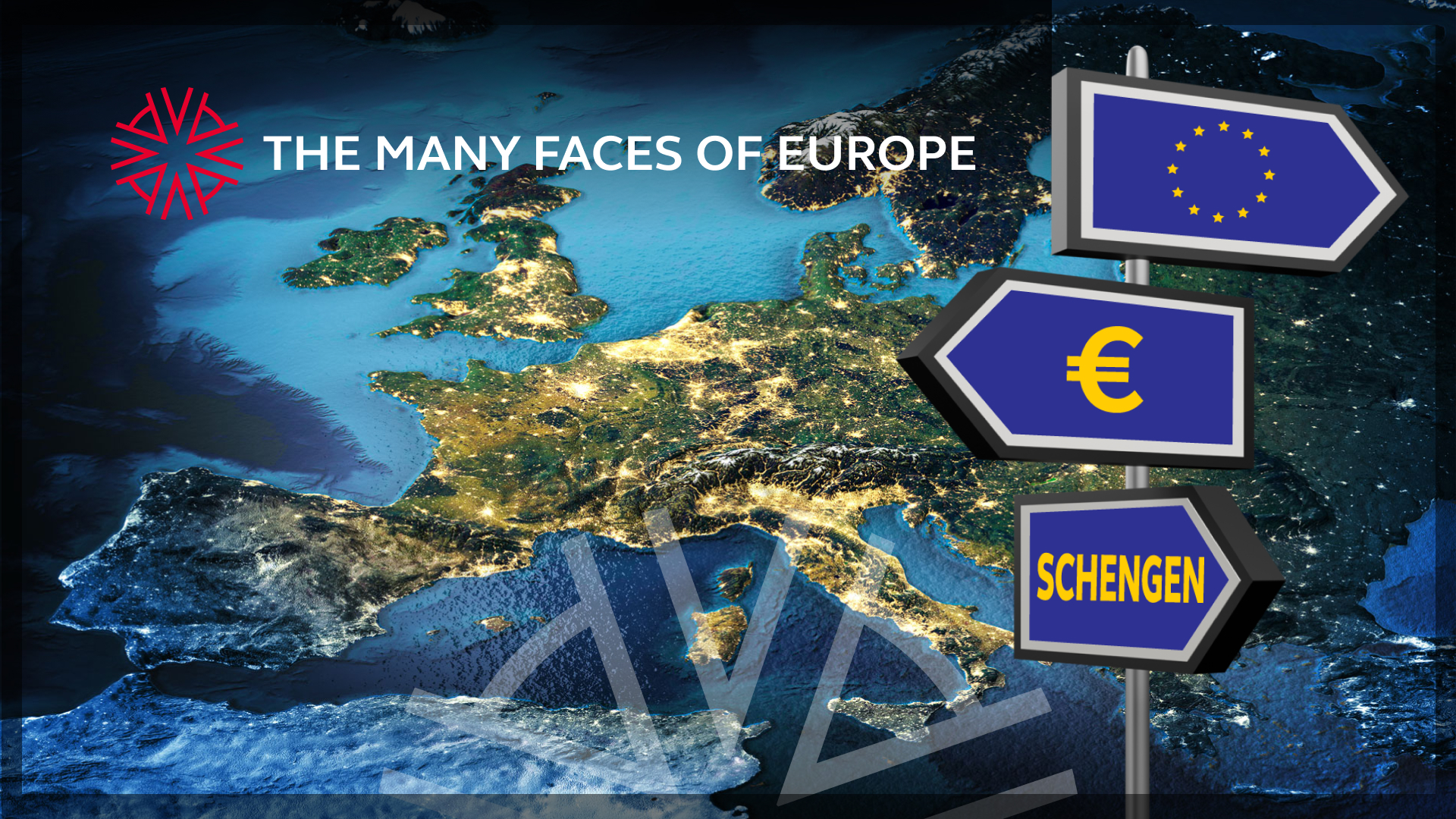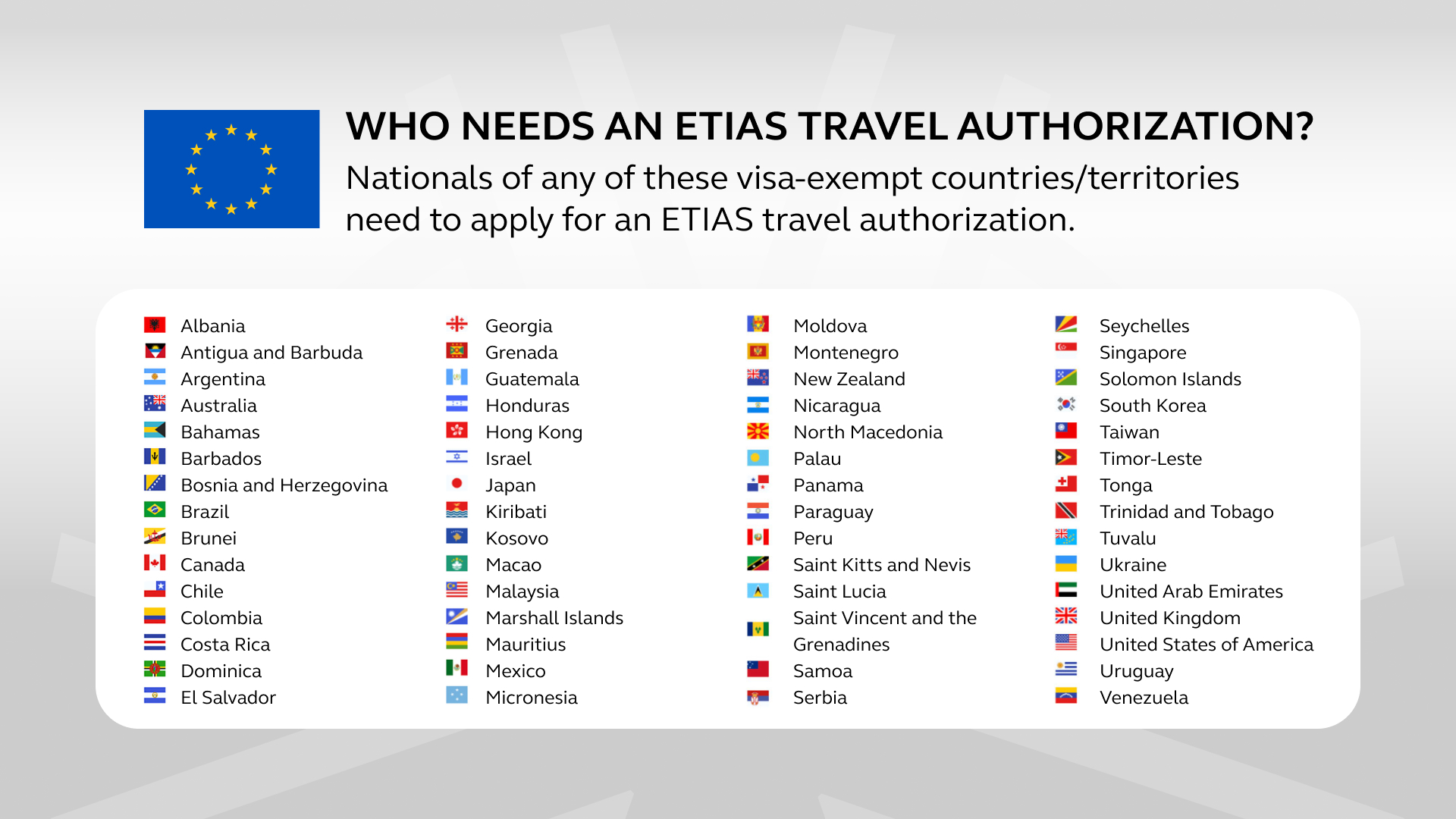From the European Union, Eurozone, and the Schengen Zone; aren’t they all simply Europe? In fact, they are not. Europe wears many faces and actually exists in various forms. Each with its own advantages to HNW entrepreneurs, investors, and families who are looking to capture the world in a single move.
Correctly identifying what countries are Europe depends upon your current needs and circumstances – as much as it does your perspective.
For some, Europe is a destination, but for sophisticated investors, Europe is an unparalleled opportunity and understanding its nuances can be the difference between identifying a ground floor or being stuck out in the cold.
Europe is a confluence of geographical boundaries, politics, markets, cultures, currencies, and even accessibility.
Knowing these differences is crucial, whether you’re traveling to, from, or within Europe, doing business in the area, looking to relocate, or looking to invest in ‘Europe’.
From continental to currency, Astons provides all the insights you need to know.
Continental Europe
Though the European continent is one of the smallest on Earth, it is also one of the wealthiest, as its countries are among the most popular.
Defining the actual borders of the continent of Europe has also been a bit of a controversy.
Europe is synonymous with vacations – in fact, some of the most popular vacation destinations are European countries:
- Spain
- Italy
- Greece
- Turkey
- France
- Germany
- Austria
- United Kingdom
There is much controversy about the nomenclatures, continental and mainland Europe, and what should and should not be included.
Some scholars assert that while continental Europe does include islands such as:
- The UK
- Ireland
- Malta
- Cyprus
- Iceland
Other scholars insist that the two nomenclatures are synonymous and do not include the islands.
This is a decision we will leave for you to decide.
However, it is generally accepted that other islands – territories of states and not states themselves – do not fall into the category. Such as:
- the Azores
- Balearic Islands
- Canary Islands
- the Greek Islands
- Corsica
- Madeira
- Sardinia
- Sicily
- Svalbard
In Addition, Russia and Turkey are on the European and Asian continents, with their capital cities on the European side.
Further east, Armenia, Azerbaijan, and Georgia are generally considered countries in Europe but are not on the European continent.
Geopolitical Europe
Geopolitics is the political activity of a country or region as it is influenced by or influences the politics of other countries in the region or the region in general.
The idea of a geopolitical Europe has been brought to the forefront in recent years due to Russia’s invasion of Ukraine, which brought them into geopolitical conflict with much of the world.
Furthermore, the EU’s decision in December 2023 to open talks with Ukraine and Moldova regarding their entry into the EU and grant Georgia “candidate status,” which is the prospect of membership, was seen as a geopolitical decision.
An ideal understanding of the difference between continental Europe and geopolitical Europe is that while Georgia is neither a part of the EU nor continental Europe, it is very much a part of geopolitical Europe.
The European Union
The European Union – or EU – is a political and economic union of 27 countries in Europe, all of which are bound to and benefit from certain freedoms and membership benefits.
To date, the EU is comprised of the following countries:
- Austria
- Belgium
- Bulgaria
- Croatia
- Cyprus
- Czech Republic
- Denmark
- Estonia
- Finland
- France
- Germany
- Greece
- Hungary
- Ireland
- Italy
- Latvia
- Lithuania
- Luxembourg
- Malta
- Netherlands
- Poland
- Portugal
- Romania
- Slovakia
- Slovenia
- Spain
- Sweden
In addition to the member states, there are nine “candidate” countries that are in the process of attempting to join the EU bloc:
- Albania
- Bosnia and Herzegovina
- Georgia
- Moldova
- Montenegro
- North Macedonia
- Serbia
- Turkey
- Ukraine
Italy, France, and Germany remain the most dominant political powers in the European Union and spearhead regional interests and direction.
The main benefit that European Union members enjoy is that they operate as a single entity, which means the freedom of movement of goods, people, services, and capital.
In addition, acting together as one entity means that the countries within the EU have more power on the world stage and can negotiate more advantageous trade agreements.
It follows that many people—specifically investors—are naturally drawn to the EU when considering non-dom tax residencies, Plan B passports, and alternative residencies.
The EEA and the EFTA
While entirely distinct from the EU, the EEA and the EFTA are essentially an expansion of it.
Their primary function is to extend the single market’s reach and benefits to countries that are not EU members but are pivotal in the EU economy.
The countries in Europe that are in the EEA but not the EU are:
- The UK
- Iceland
- Liechtenstein
- Norway
The EFTA countries are:
- Iceland
- Liechtenstein
- Norway
- Switzerland
In addition to the 27 EU member states, these countries make up an internal single market governed by the same principles and rules that apply to all players. For instance, the right to move freely between EU member states is extended fully to EEA and EFTA members – except for the UK.
Due to the Brexit agreement, the UK and British citizens have no EU rights or privileges and are now considered visa-free third-country nationals – exactly how US citizens are considered.
In addition, the EEA and EFTA facilitates cooperation in areas such as research and technological development, tourism, and entrepreneurship.
The Schengen Zone
The Schengen Area comprises 29 countries that have abolished passport controls at their shared borders. The typical 90-days in and 90-days out rule that visa-free travelers enjoy to Europe is most commonly talking about regarding the Schengen Zone and not the European Union in general.
For example, a US citizen with a 90-day entry stay, it is possible to enter Spain and remain for 90-days, then leave Spain and enter Ireland for 90-days, to then leave Ireland and re-enter Spain again for another 90-days, thus never leaving the European Union, but having bounced in and out of the Schengen Zone to restart the clock.
A British citizen could do the same thing, and use Cyprus instead of Ireland.
Ireland and Cyprus are the only EU countries not part of the Schengen Zone. Cyprus is legally obligated to join, and the process began in early 2024.
Though not EU countries, Iceland, Lichtenstein, Norway, and Switzerland, alongside the microstates of Monaco, San Marino, and Vatican City, are also members of the Schengen Zone.
Bulgaria and Romania became the newest countries in Europe to join the Schengen Area in March 2024. However, their current membership only includes air and sea travel. They haven’t yet eliminated passport controls at land borders for those traveling by car.
Along with the obvious advantages of enhancing free movement in the region, from a business perspective, the Schengen Zone is among the most economical international regions for shipping, as the single market also eliminates tariffs and customs.
The Eurozone
The Eurozone resulted from an intergovernmental agreement between 20 EU members to adopt the Euro as their primary currency and implement European Monetary Union policies.
Essentially, a single market works best with a single currency.
There are currently nearly two dozen countries that use the Euro – but not all are in the EU, EEA, or EFTA:
- Austria
- Belgium
- Croatia
- Cyprus
- Estonia
- Finland
- France
- Germany
- Greece
- Ireland
- Italy
- Latvia
- Lithuania
- Luxembourg
- Malta
- Netherlands
- Portugal
- Slovakia
- Slovenia
- Spain
The non-EU, EEA, and EFTA members of the Eurozone are:
- Kosovo
- Montenegro
- Andorra
- Monaco
- San Marino
- Vatican City
The Euro makes it cheaper, easier, and safer for individuals and businesses to buy, invest, and sell within the Eurozone.
In addition, the Eurozone offers foreign investors the ability to add currency diversification to their portfolios at the same time they add tangible assets, such as real estate.
ETIAS & EES
The European Travel Information and Authorisation System, or ETIAS, is expected to be operational in spring 2025 and will be implemented by 30 countries.
ETIAS is an electronic authorization system—think eVisa—similar to the USA’s ESTA. It will apply to travelers to the Schengen Area and Cyprus from countries that do not normally require a visa to enter.
It should be noted that simply being approved for ETIAS does not guarantee entry into the EU, as it is only pre-approval in nature.
Nationals of countries that currently require a visa to enter the Schengen Zone will not need an ETIAS travel authorization; they will continue to require a visa.
Only EU citizens and people with legal residency in an EU country will be exempt from ETIAS.
When the system launches in 2025, an online form will need to be completed. For those between 18 and 70, there will be a €7 charge per application.
If approved, the ETIAS authorization will last for three years or until the expiry date of your travel document—whichever is earlier.
EES
Another system set to beef up security is the Entry/Exit System, or EES, which will launch before ETIAS.
The EES will register all non-EU/EEA and Swiss citizens and residents whenever they cross any external EU border.
EES is a biometric database; all non-EU citizens and legal residents must provide facial scans and submit their fingerprints [digitally] upon entering and exiting the EU.
The system will monitor the time spent in the EU to effectively monitor the actual length of stay against legal permissions and enforcement against overstays.
The EES is scheduled to launch in October 2024.
European and EU residency and citizenship
EU Golden Visas and citizenship programs allows HNW entrepreneurs, investors, and families to leverage a single investment – in real estate for example – to capitalize on:
- Legal EU residency
- Potential EU passport
- Best Non-Dom Tax Programs in the world
- Most competitive corporate tax rates in the world
- Low income tax rates
- Zero to low dividend taxation
- Portfolio diversification
- Market access and choice of regulation
- ETIAS exemption status
- EES exemption status [except for the Cyprus Golden Visa]
- Access to the best healthcare and education in the world
- Access to full spectrum rights to medical procedures
- Ultimate retirement plan
- Best Plan B Strategy that money can buy
In addition, the Turkey citizenship by investment program provides investors access to one of the best real estate and rental markets in Europe with the benefit of acquiring a second passport as well.
Astons – Private client gateway to Europe
For over thirty years, Astons has been a leading and licensed legal team connecting entrepreneurs, investors, and families from all over the world to the dream that Europe is.
From financial to personal freedoms and ROI, Europe is unmatched for residency and citizenship that comes with power as a default benefit.
Each country presents its own list of advantages, and EU citizenship opens them all up – it is simply a matter of personal choice.
Schedule your Free Confidential and Comprehensive Consultation with an expert at Astons today and find out every possible solution to suit your needs.
















